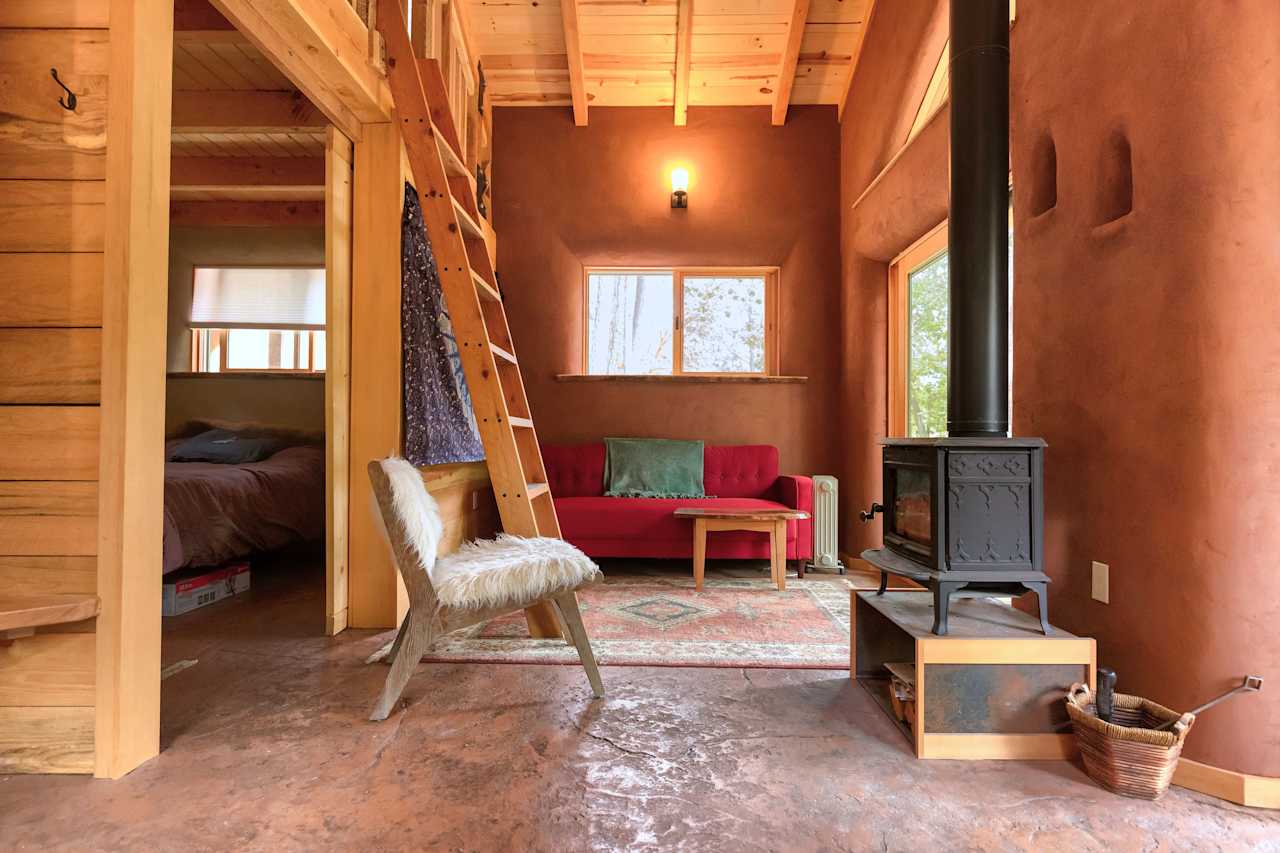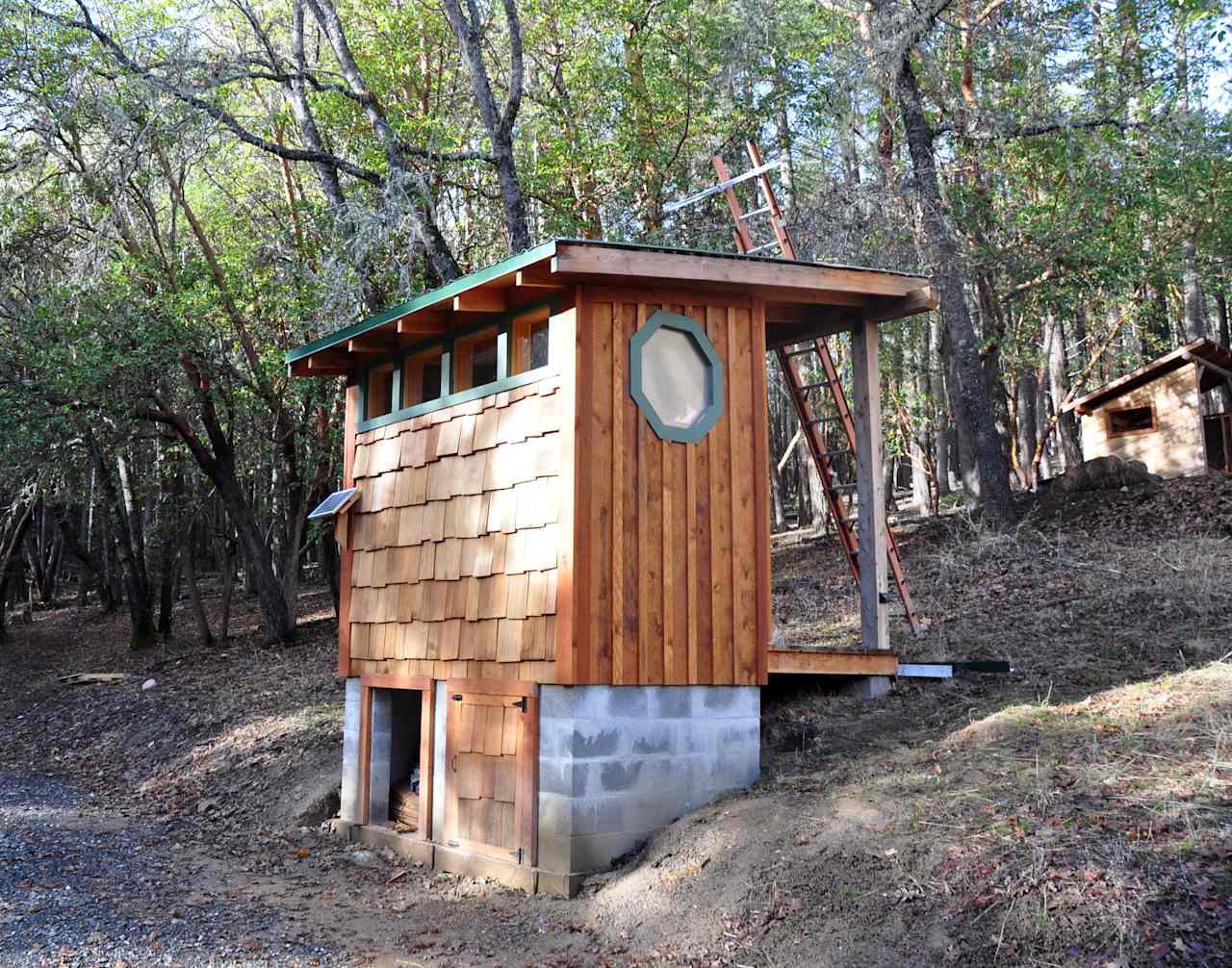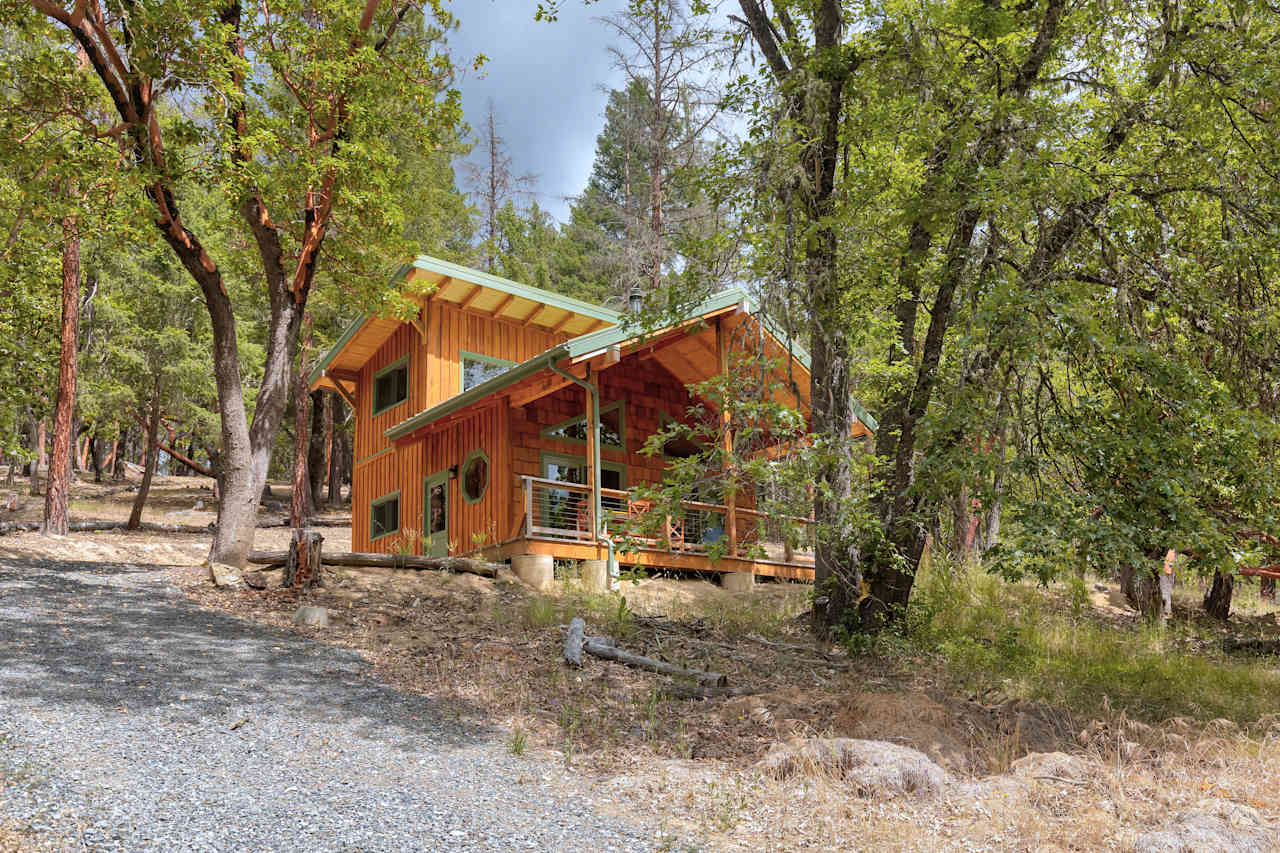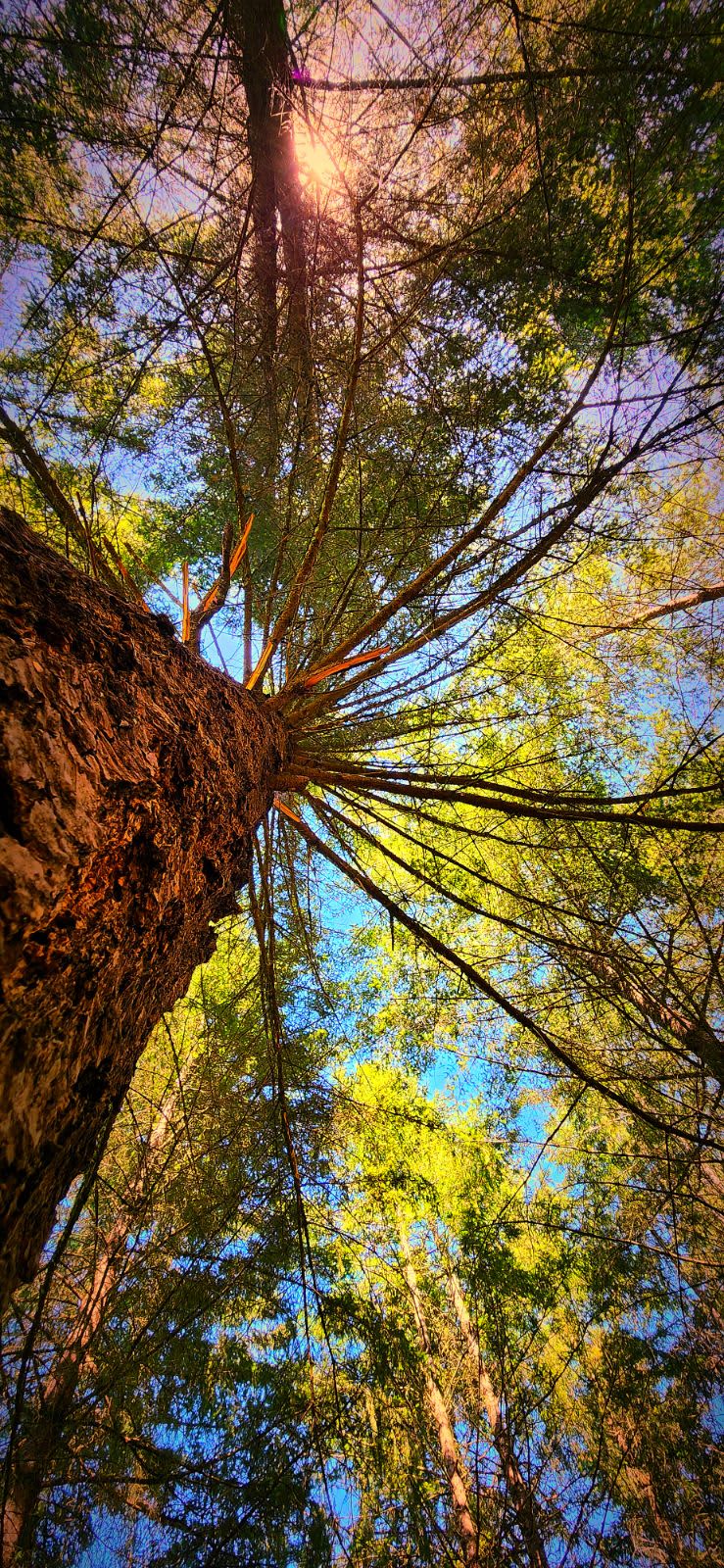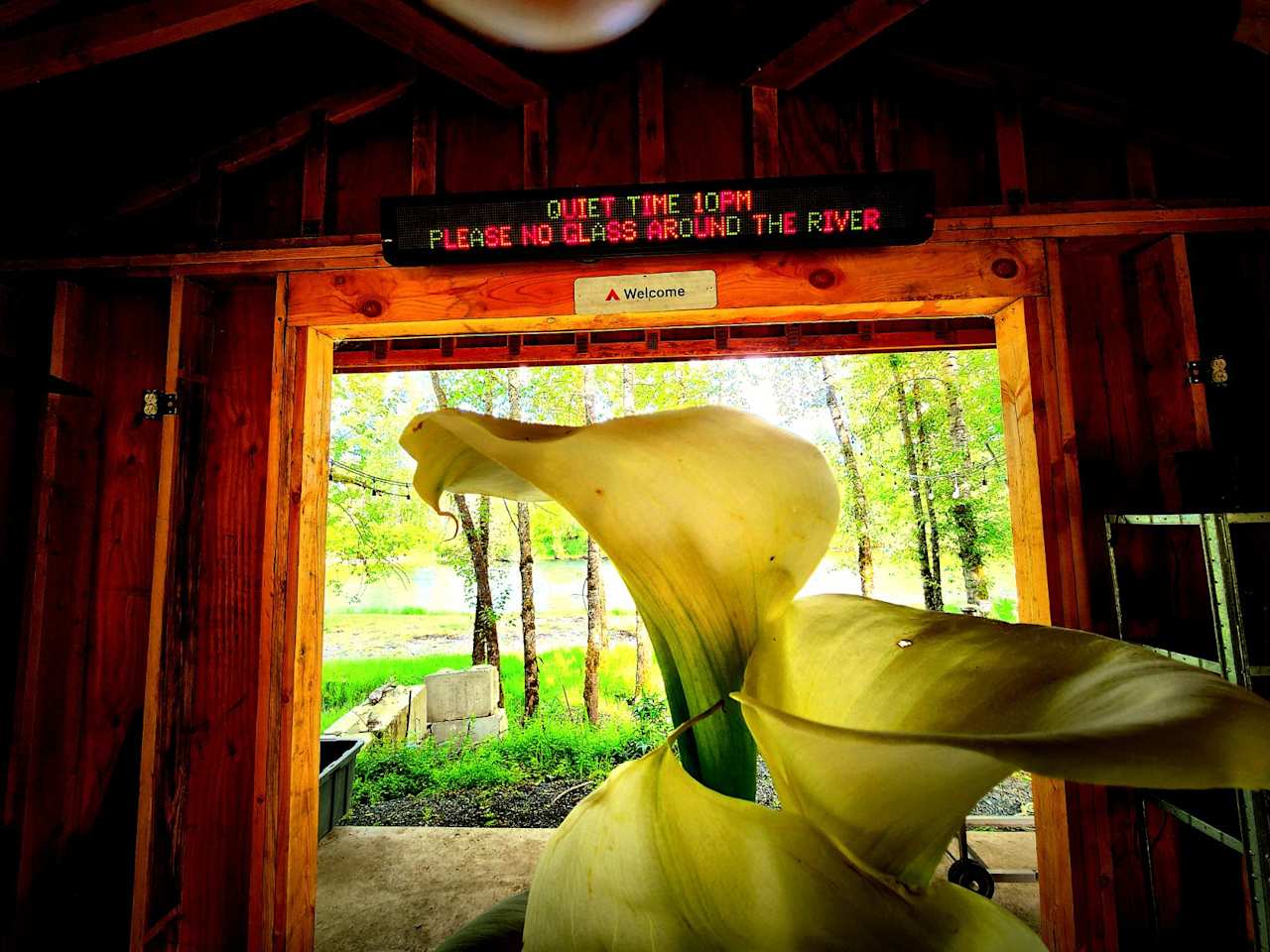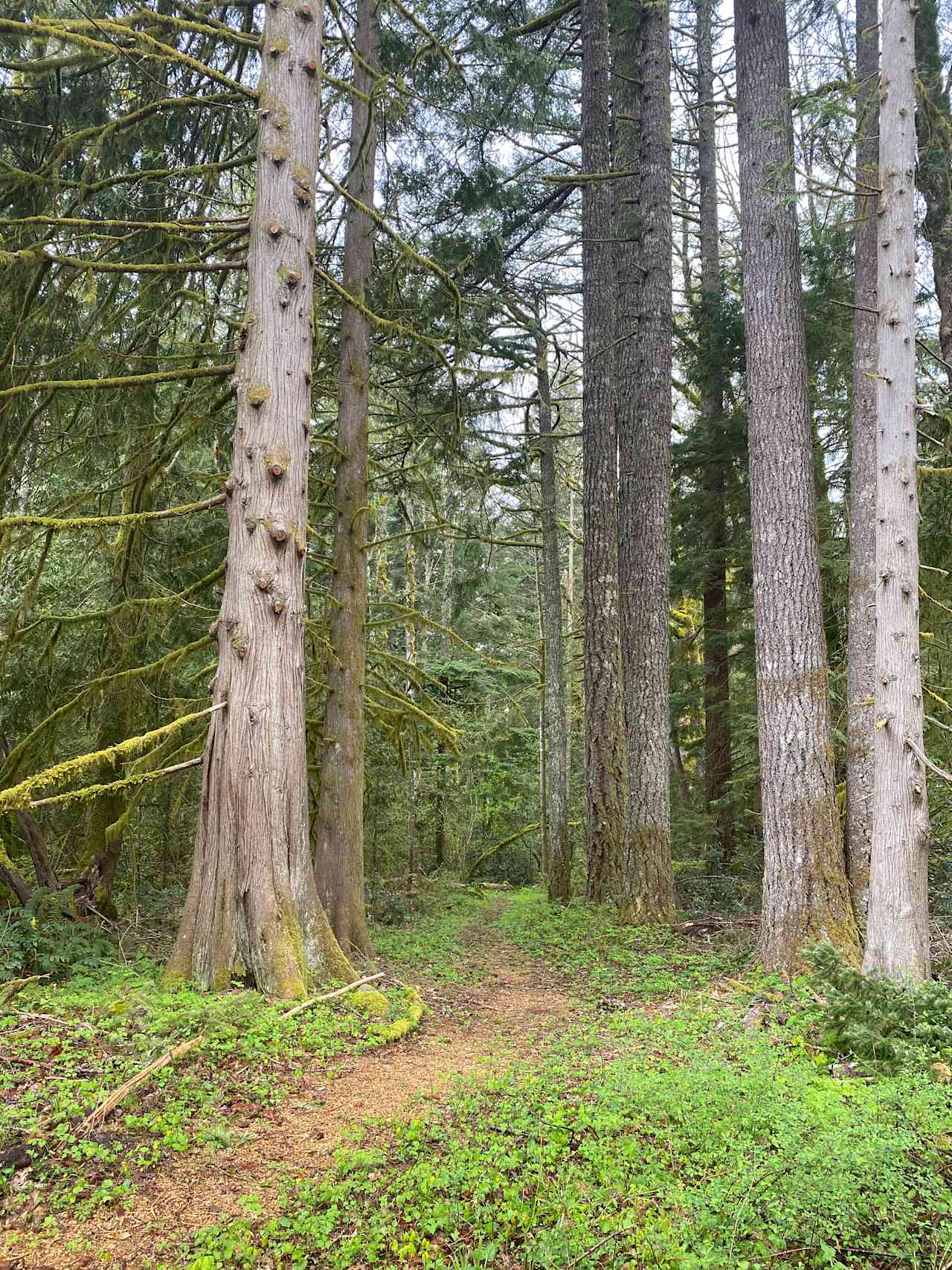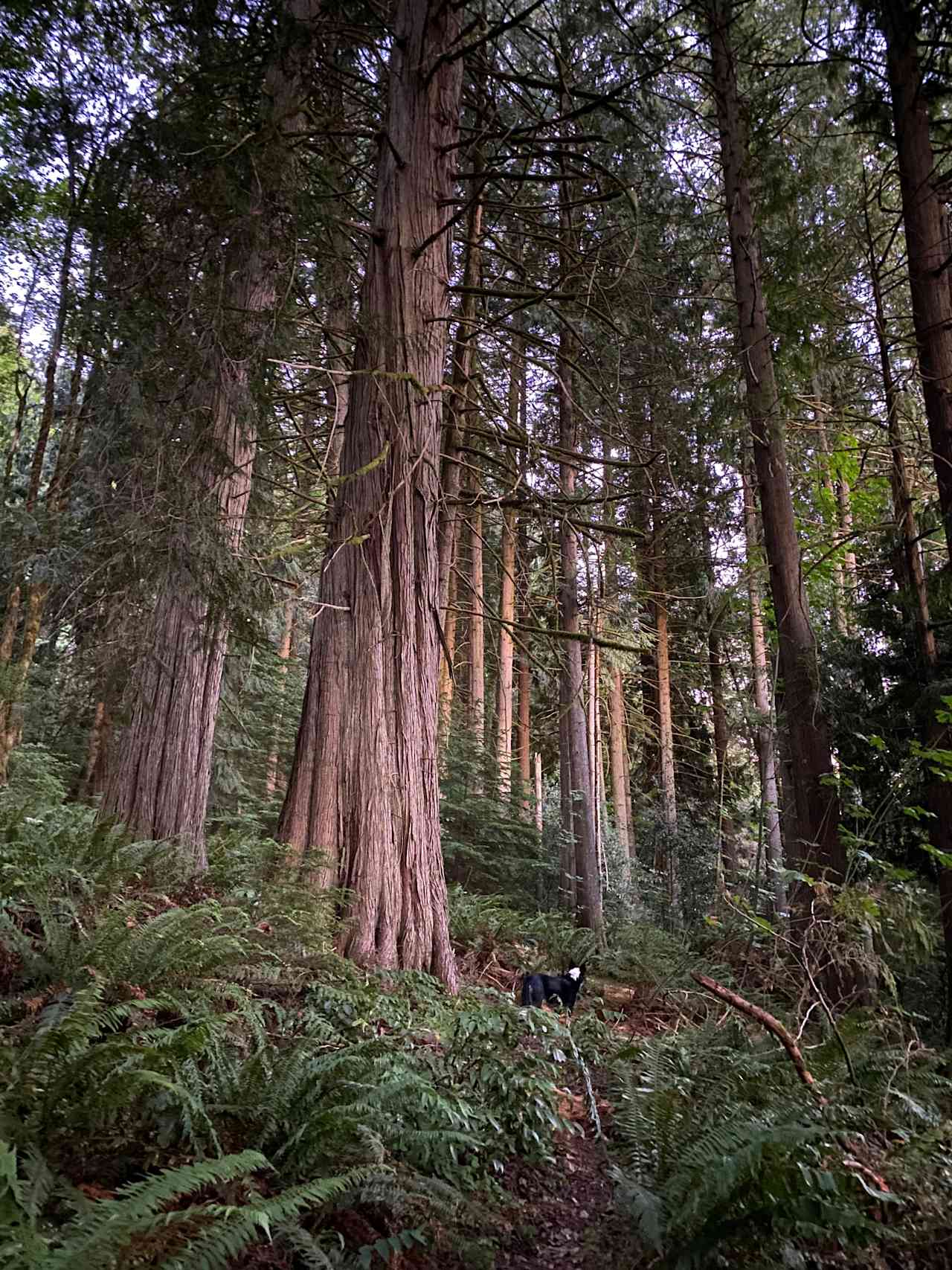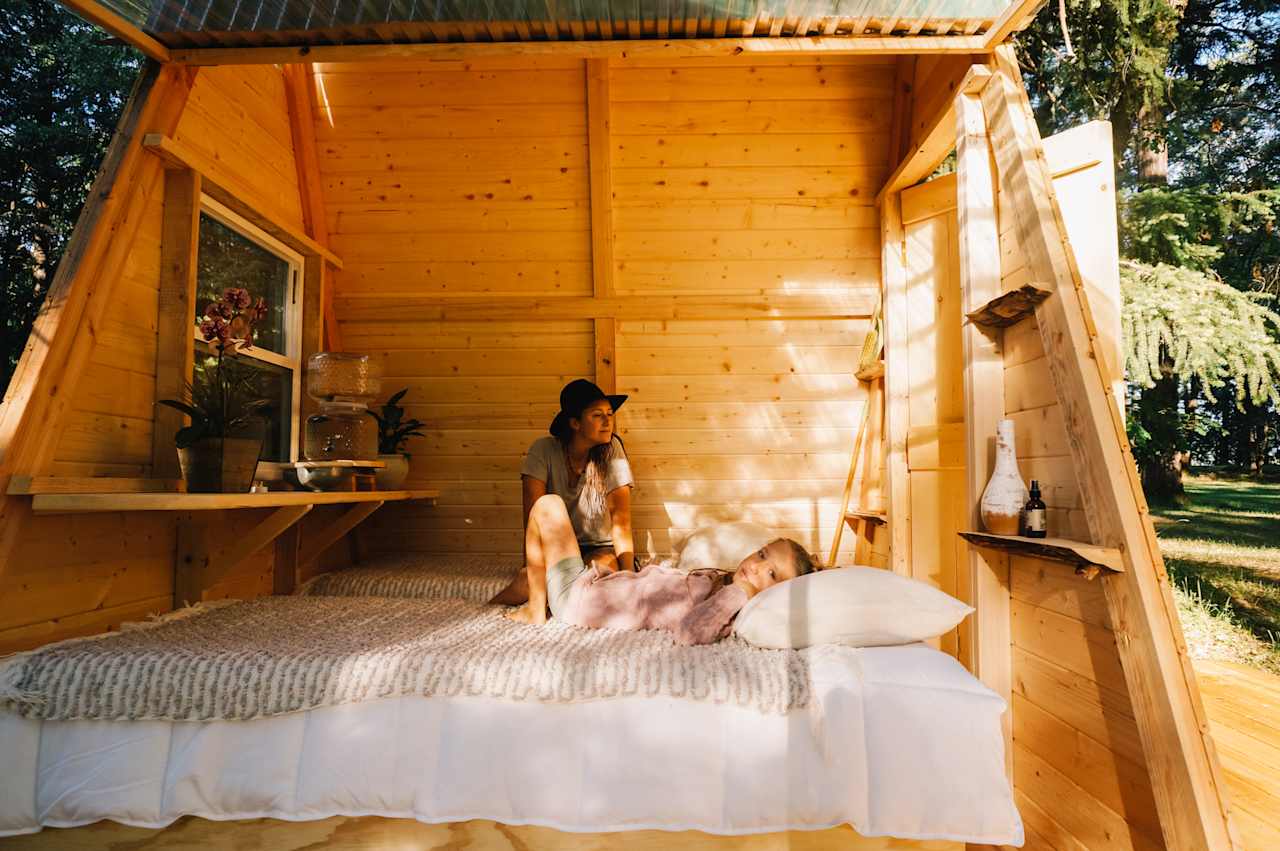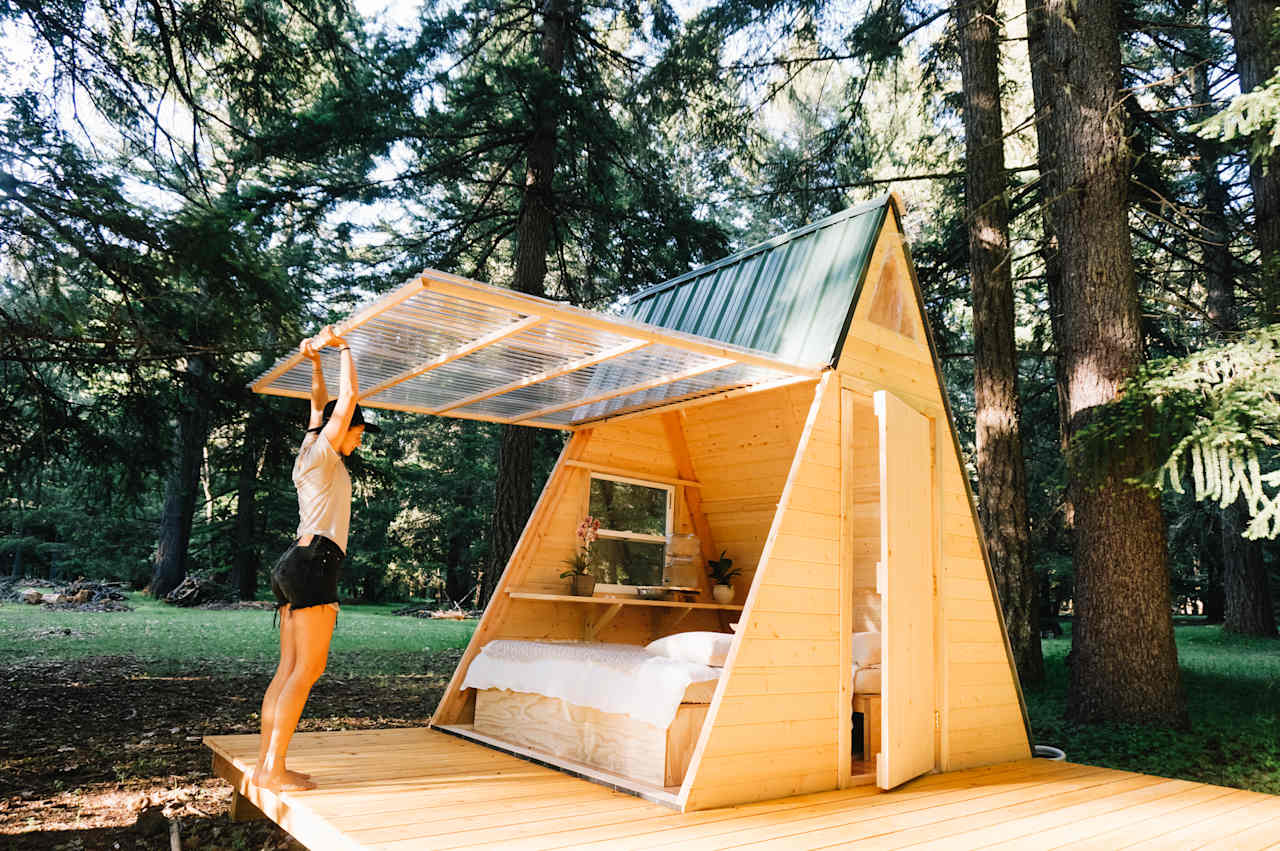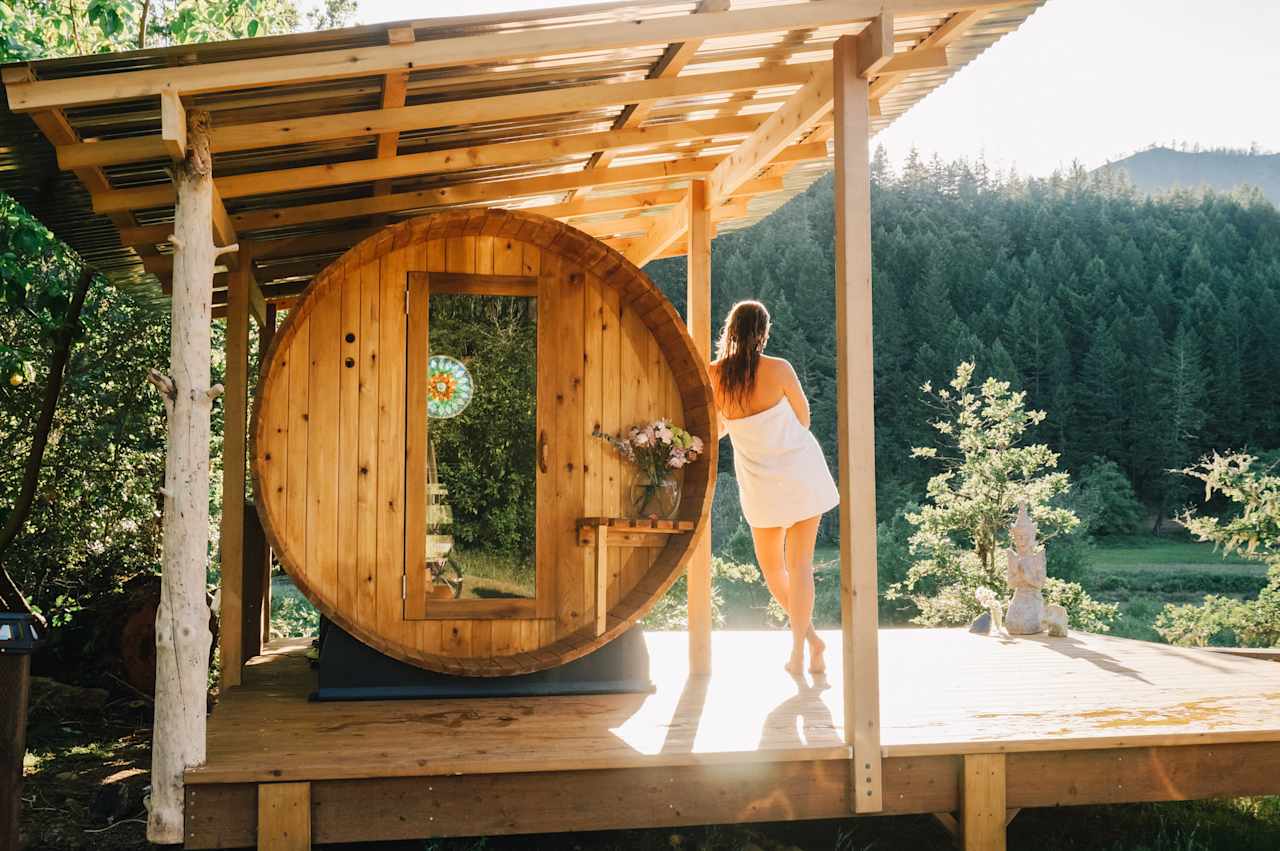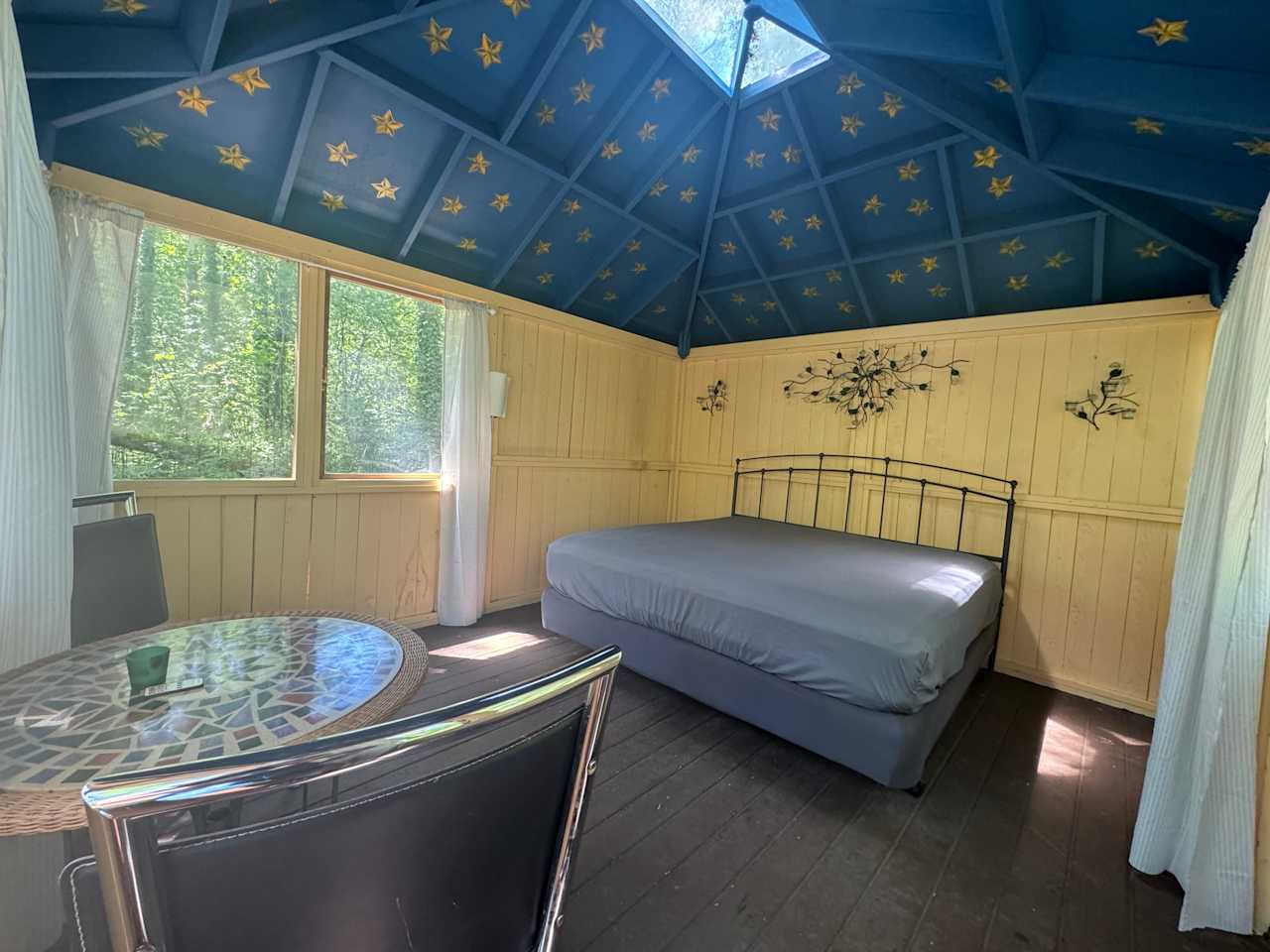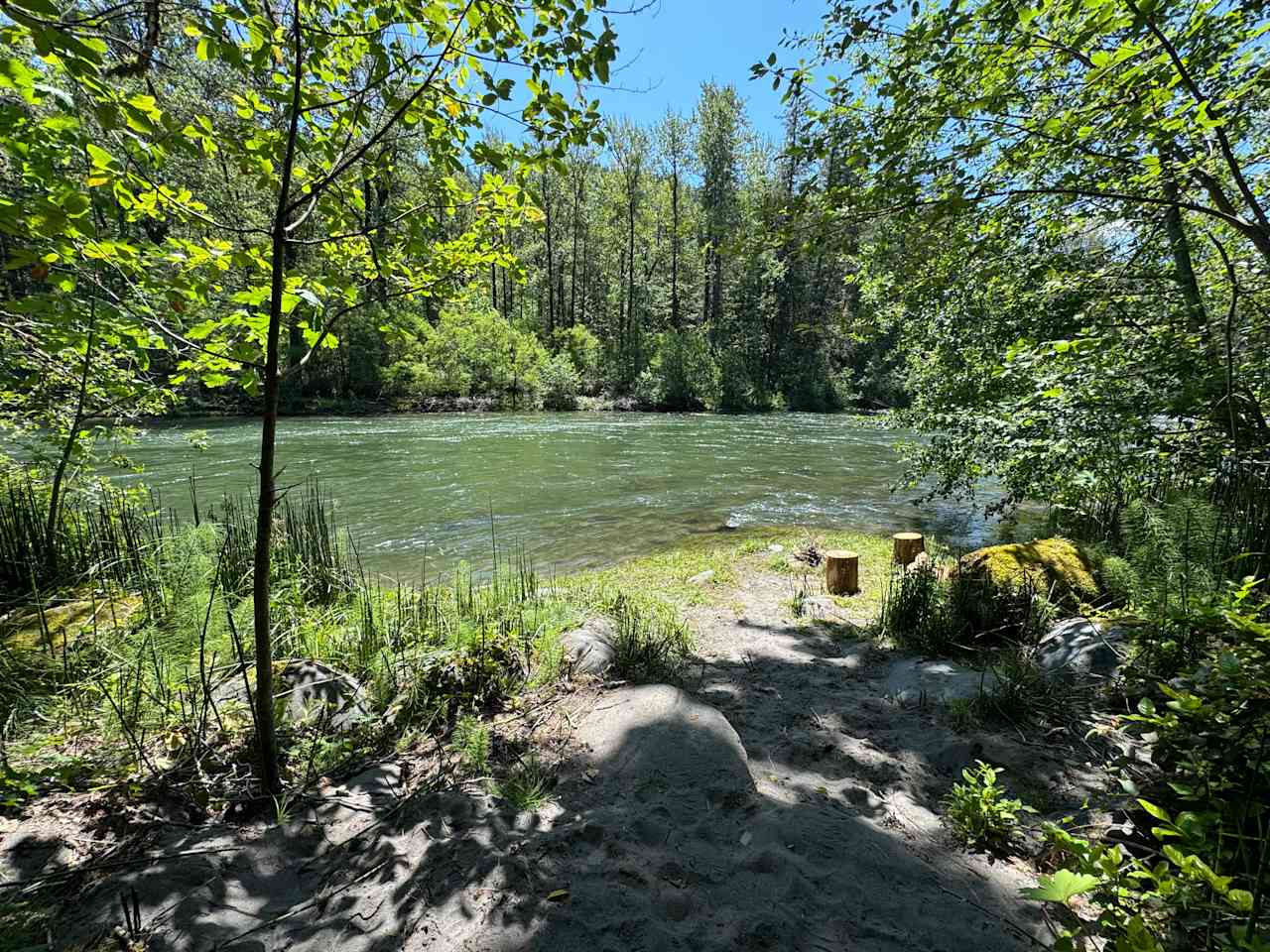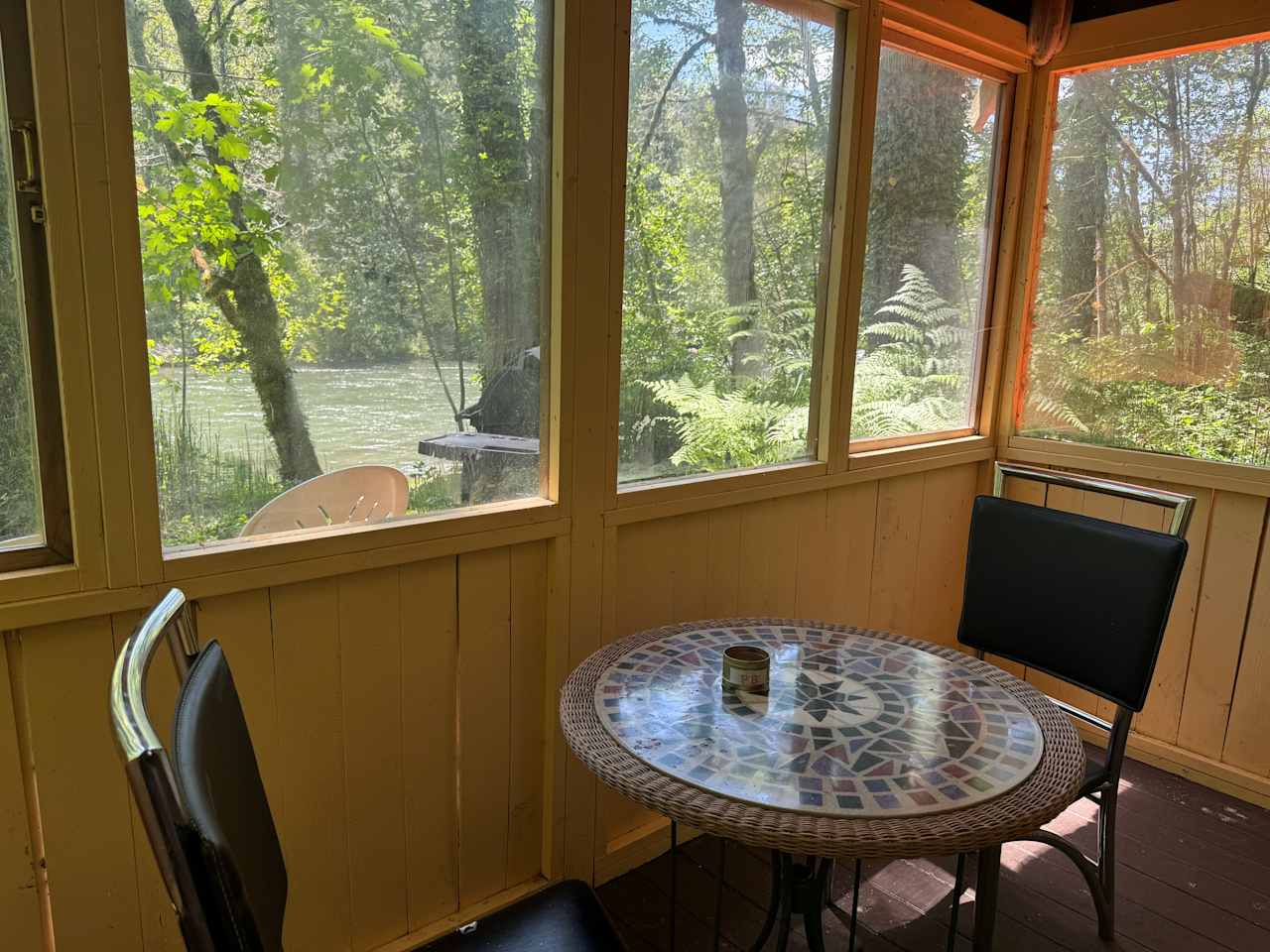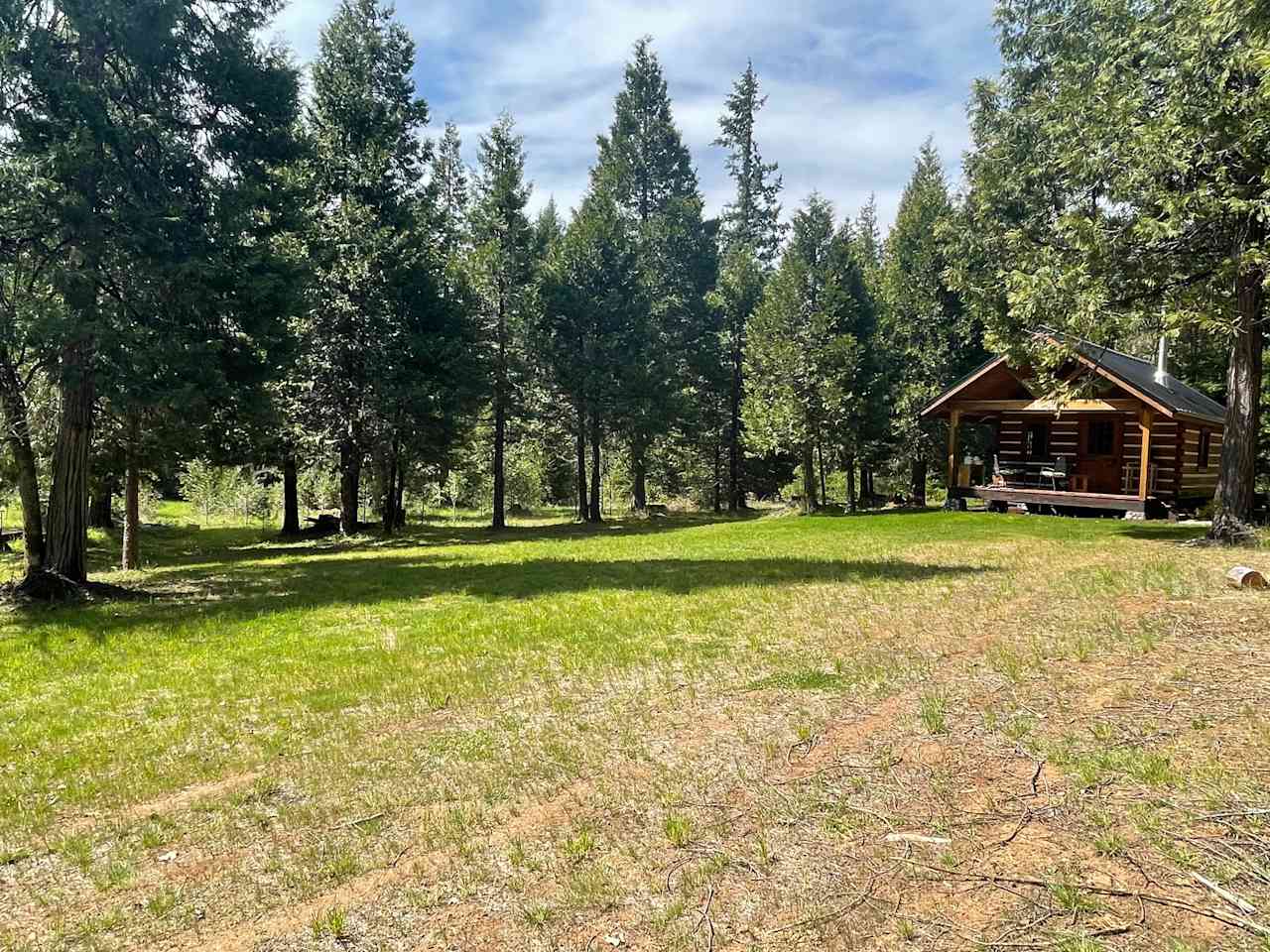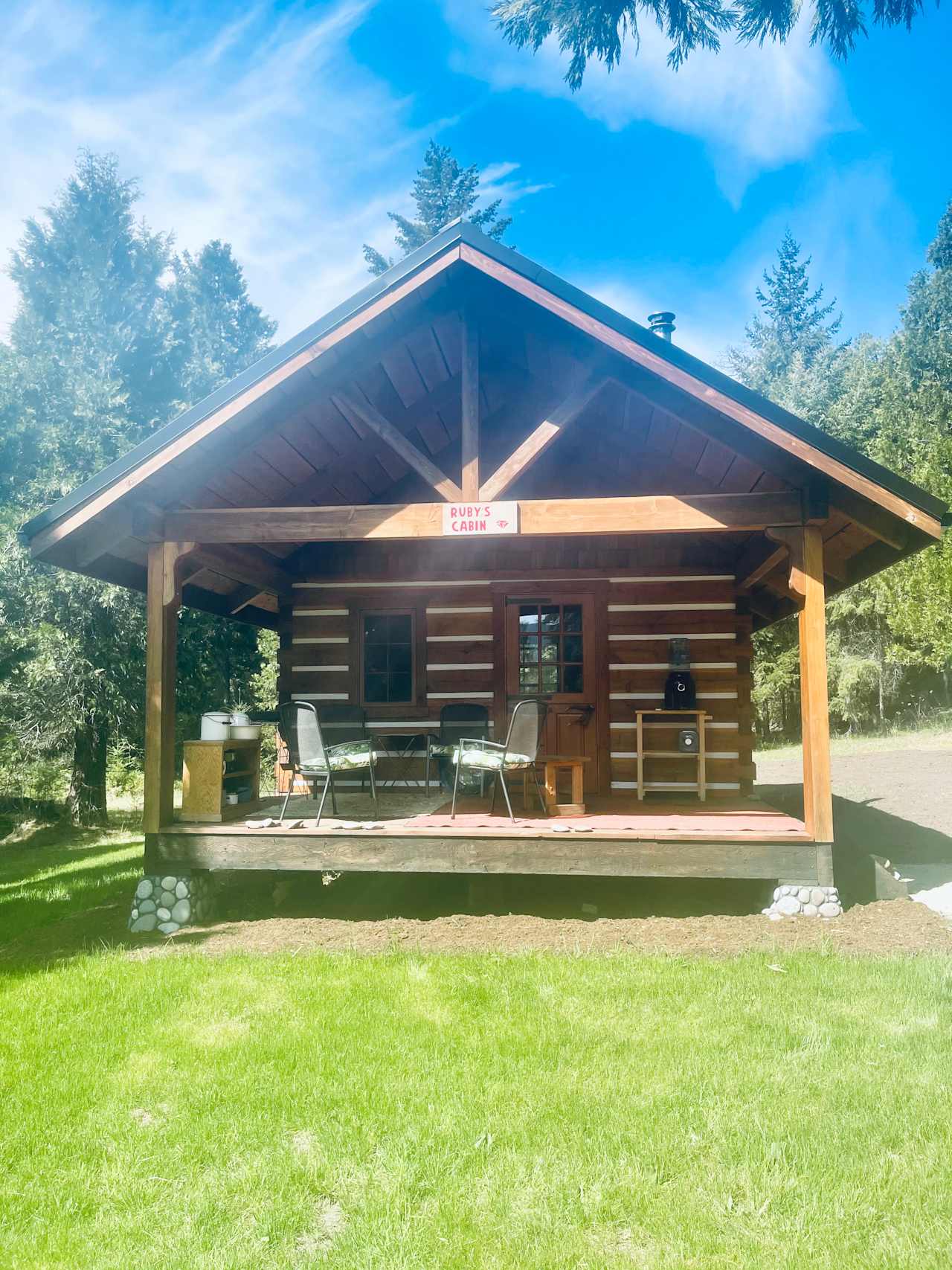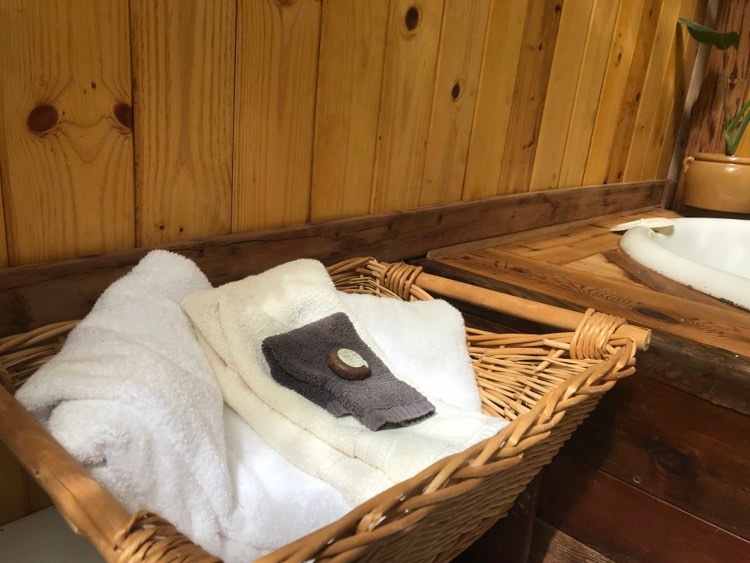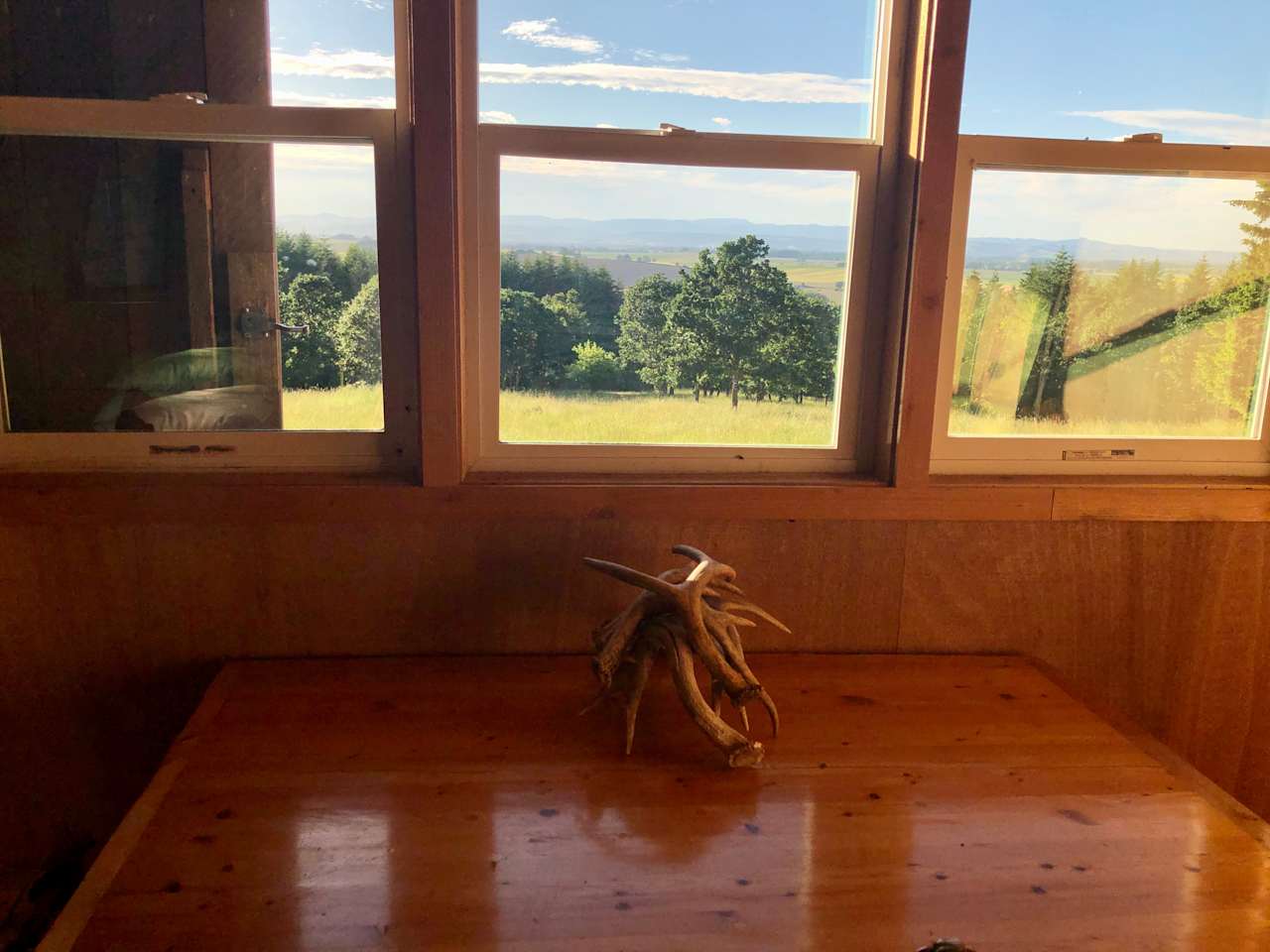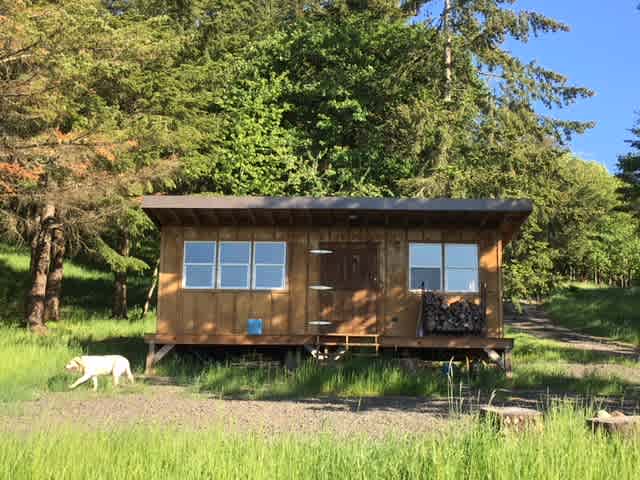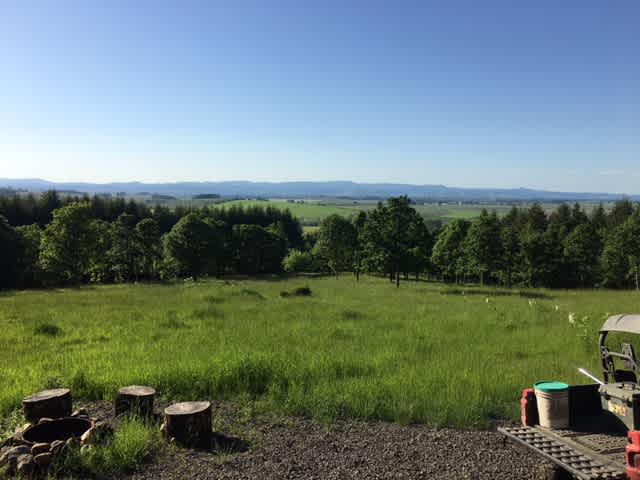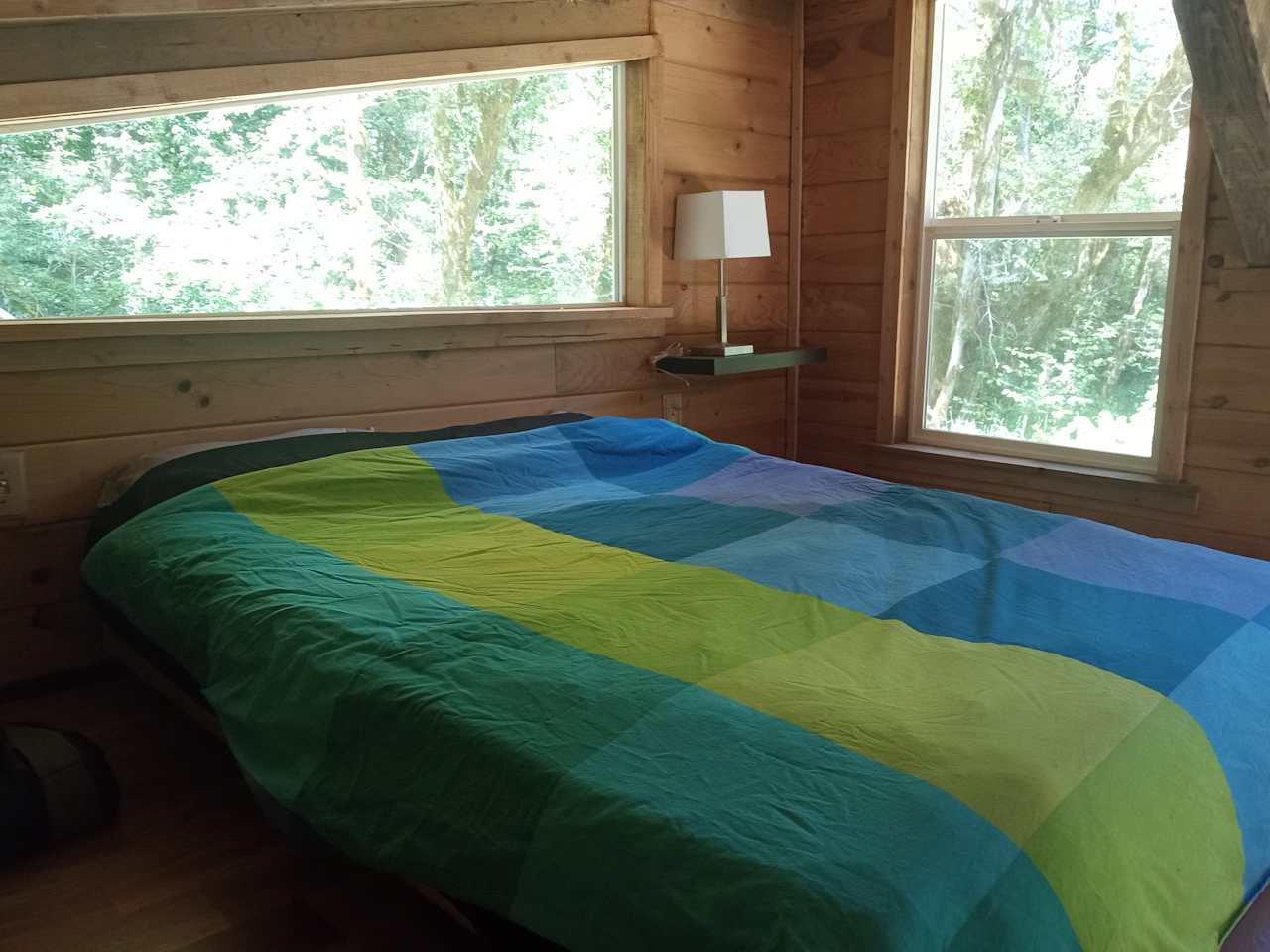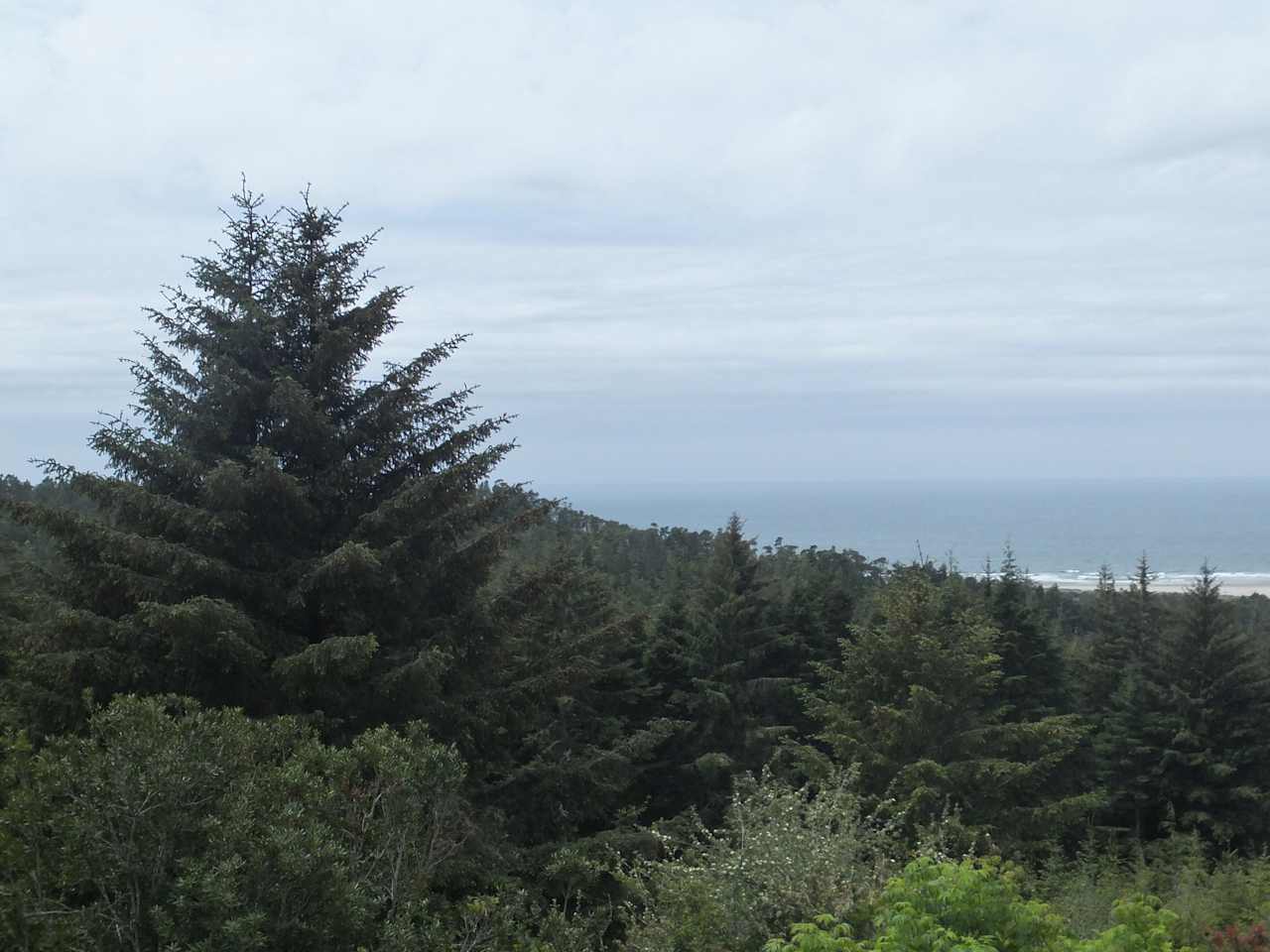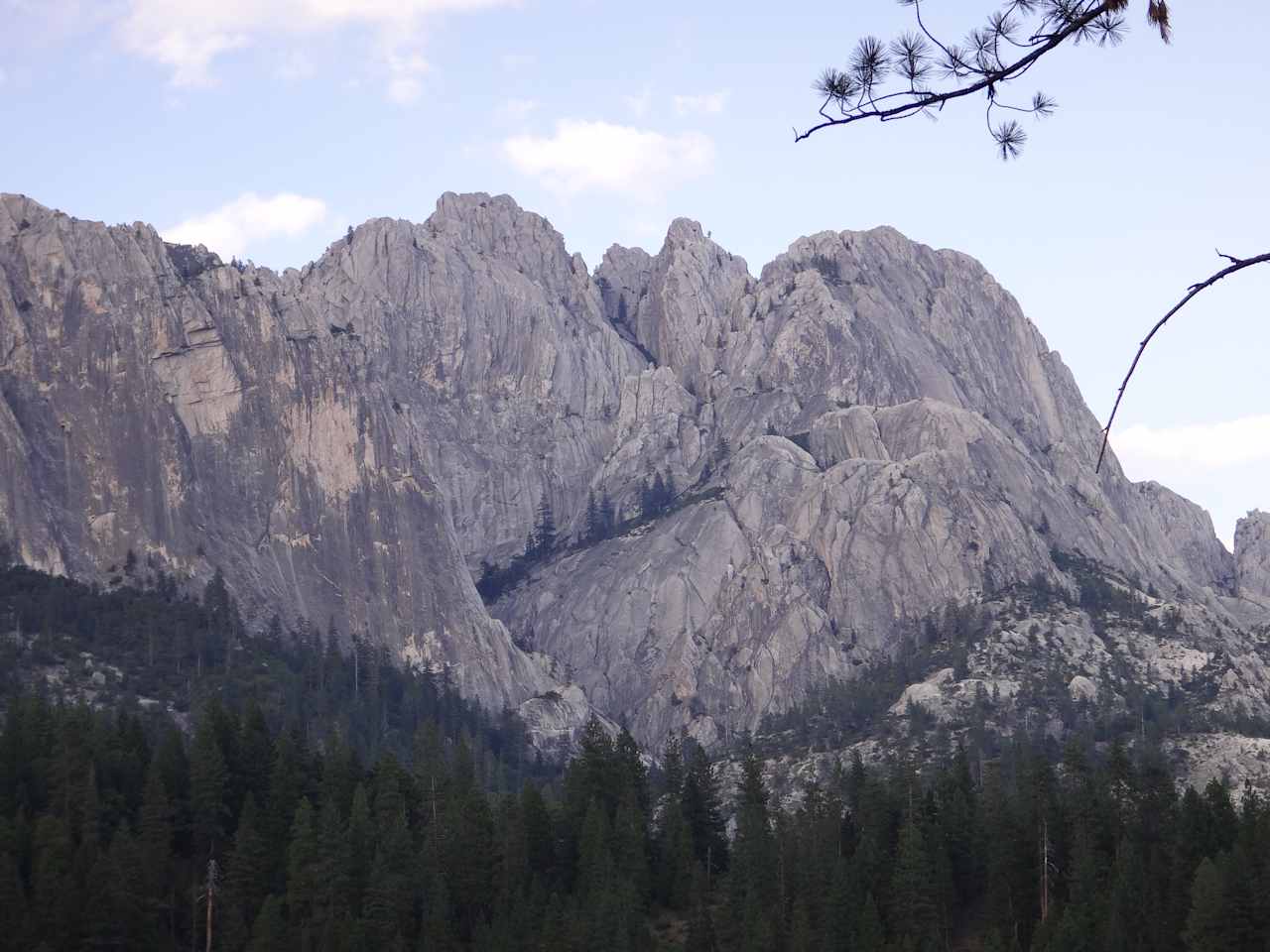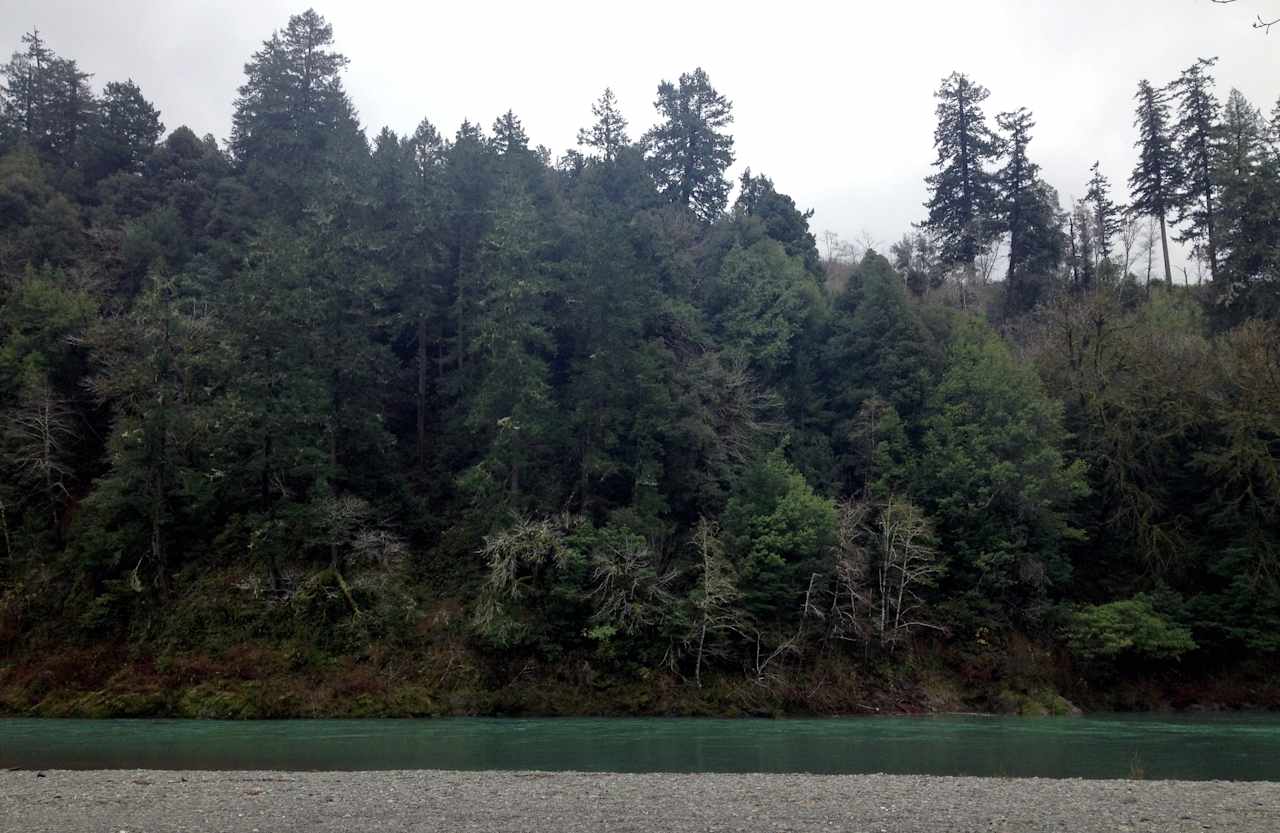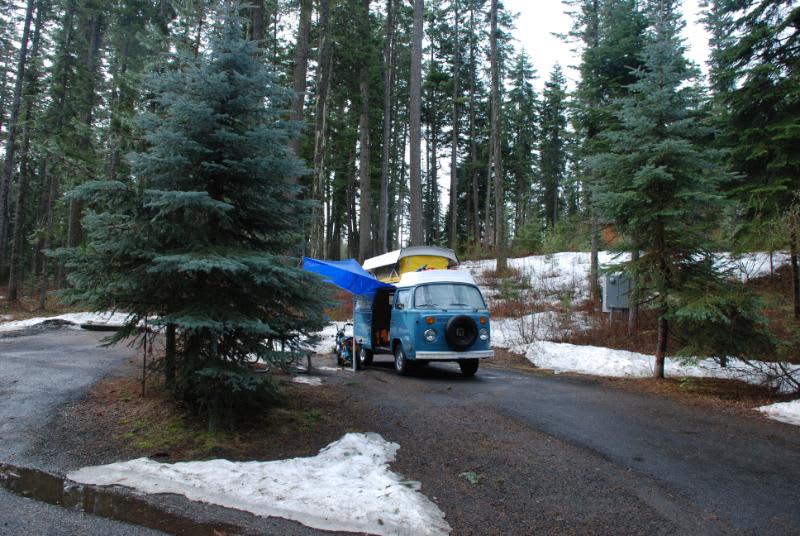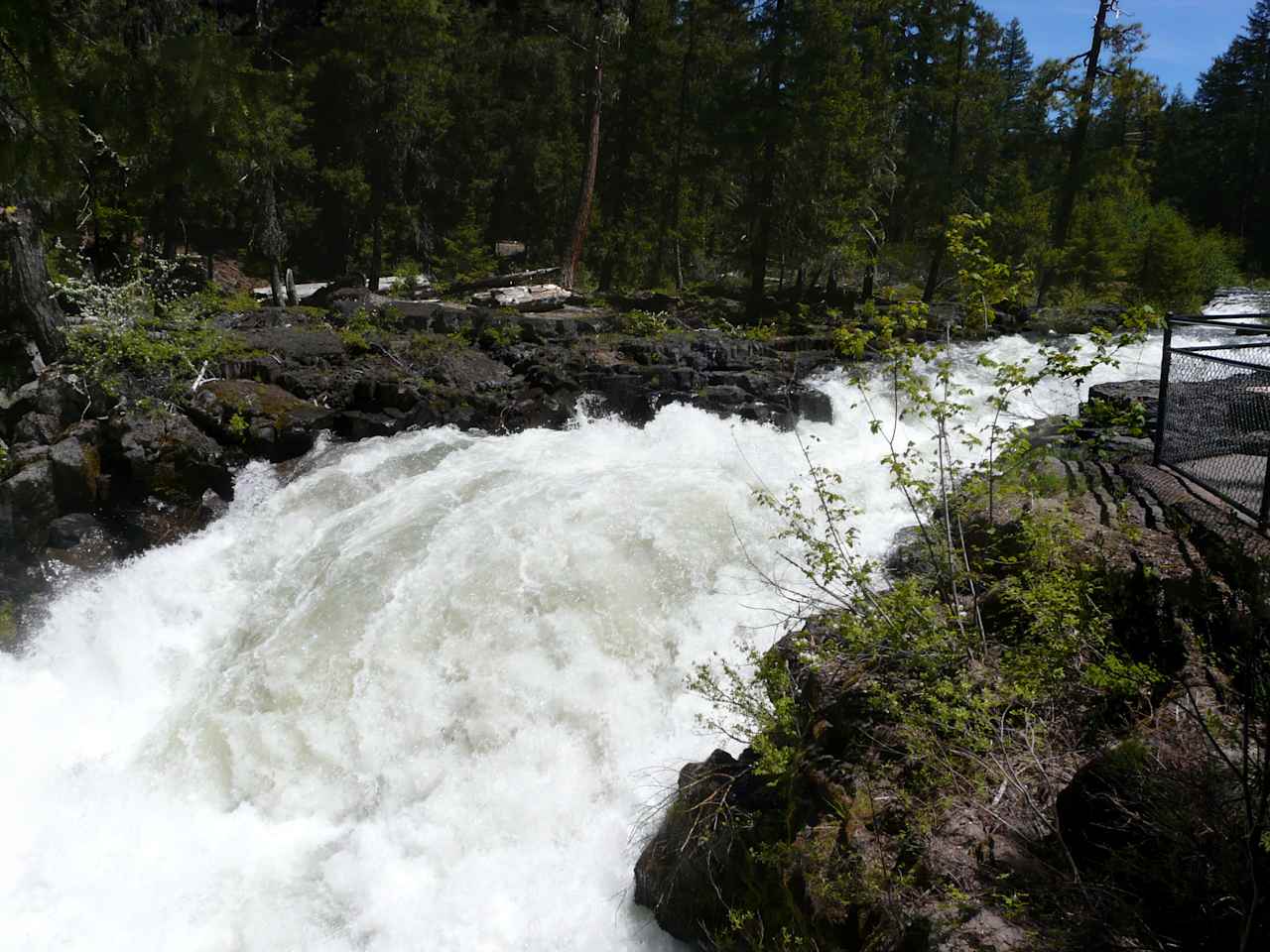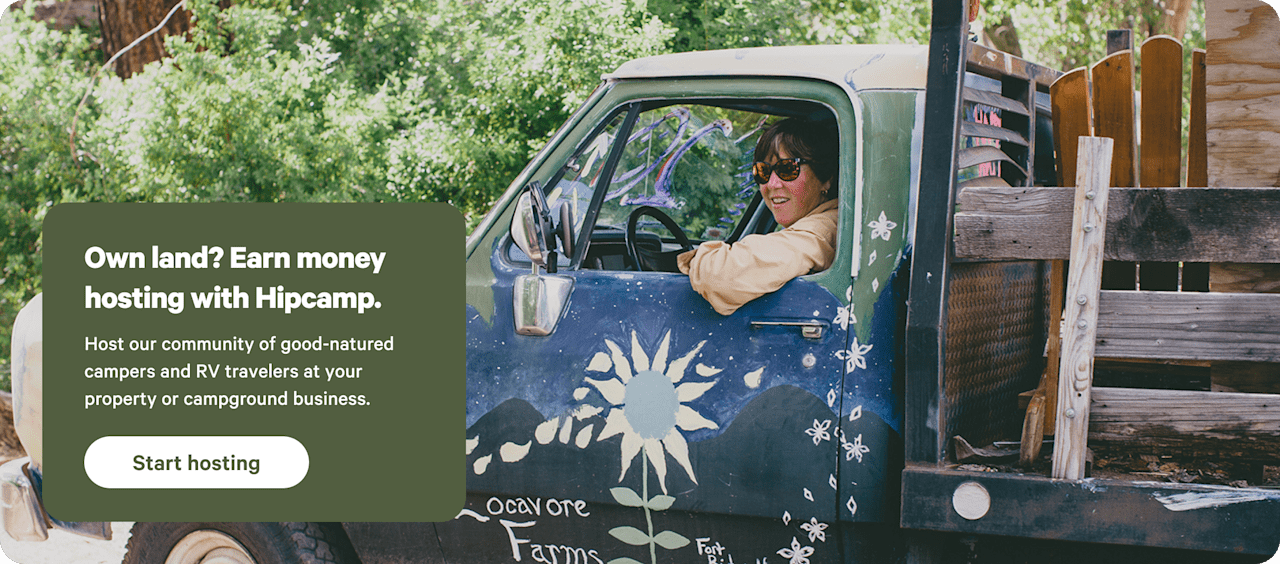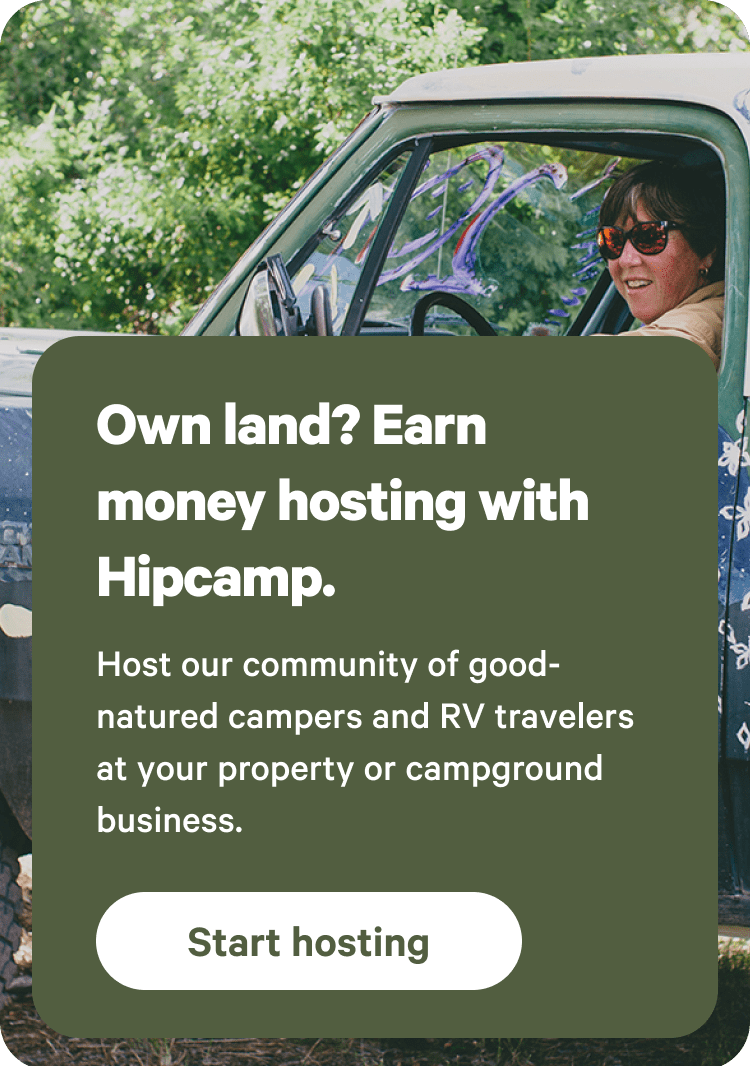Forest cabins in Oregon
With quiet beaches, vibrant cities, and massive expanses of forest, Oregon has something for everyone.
- Oregon
Popular camping styles for Oregon
Available this weekend
12 top forest cabins sites in Oregon
Star Hosts in Oregon
Dog-friendly getaways
Nearby parks
Explore the area’s public lands.
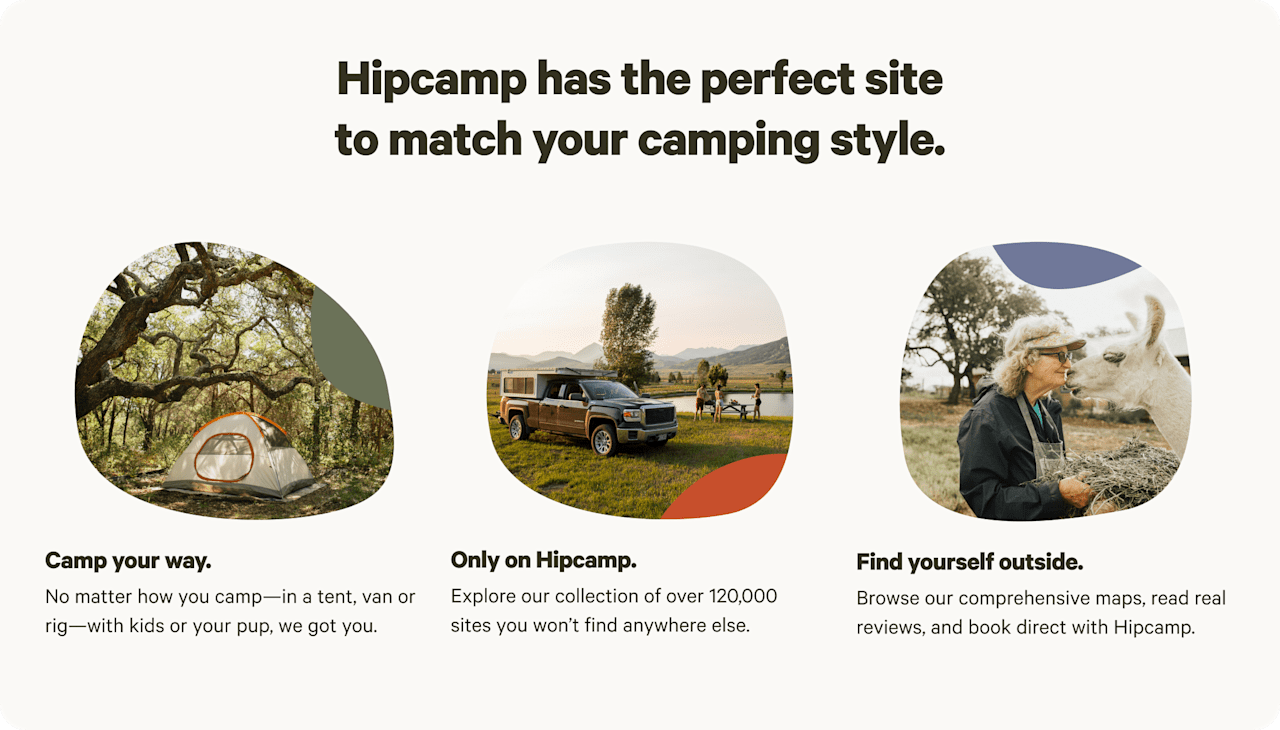

Forest cabins in Oregon guide
Overview
Looking for a cabin camping experience nestled in the lush forests of Oregon? Hipcamp has over 270 options available that match your accommodation preference, activity/terrain preference, and location. Some of the top-rated campsites include Cedar Bloom (1299 reviews), Far Away yet Tranquil and Close (324 reviews), and Tillamook (308 reviews). With popular amenities like campfires, toilets, and pet-friendly policies, you'll have everything you need for a comfortable stay. And with activities like whitewater paddling, swimming, and fishing, you'll have plenty of opportunities to explore the great outdoors. Prices start as low as $40, with an average nightly rate of $187.
